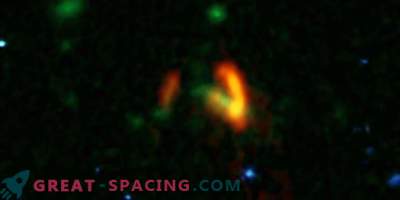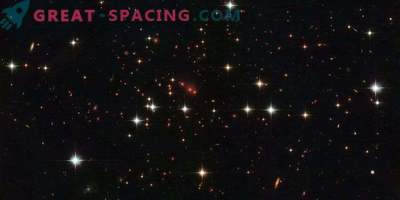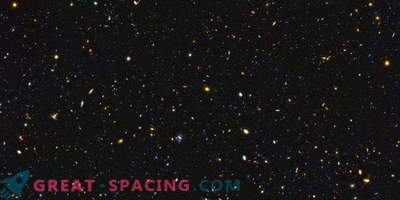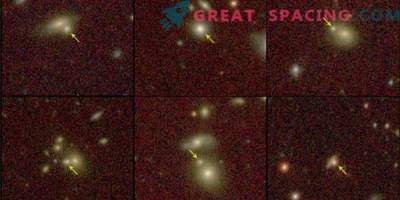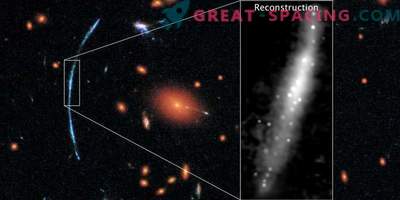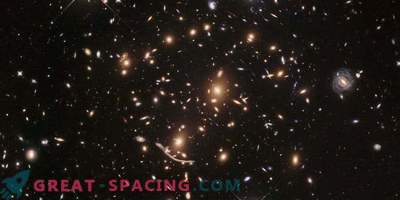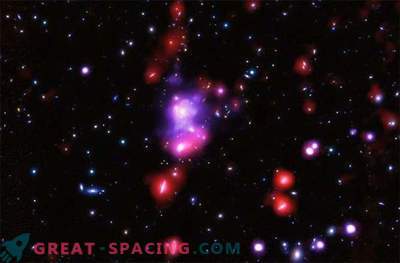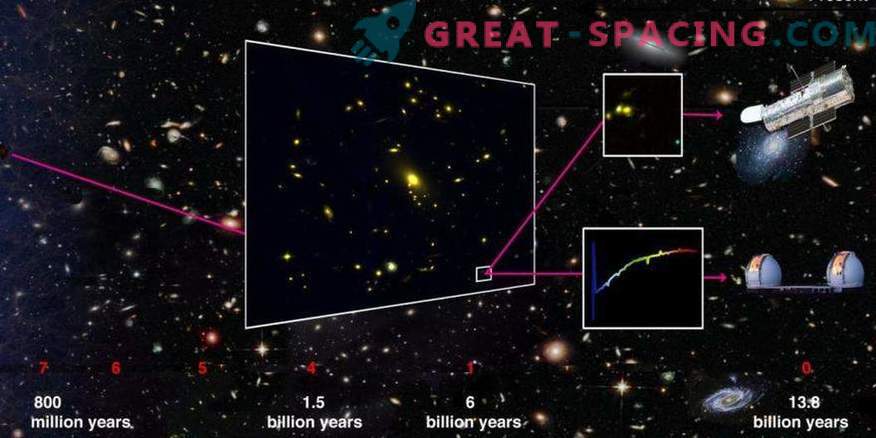
Astronomers used the gravity of a massive galactic cluster as a lens, which is to find an extremely distant galaxy (13.1 billion years).
Astronomers from the University of California found one of the most distant galaxies in the Universe and ... this one is nothing unusual.
“Other distant objects are incredibly bright and rare,” said Austin Hoag (lead author of the study). - “We believe that this is much more characteristic of the galaxies of that time.”
Hoag is interested in ultra-distant galaxies, because they fall into the “Reionization Epoch” - a billion years after the Big Bang, when the Universe became transparent. After the event, the space was a cloud of cold atomic hydrogen blocking light. From it began to appear the first stars and galaxies, which released light and ionizing radiation. It melted atomic hydrogen, and the first galaxies shed light on the entire Universe. But for now this process is still vague to understand. Giant Cluster - Large-scale celestial lens
The new object MACS1423-z7p64 has a red shift of 7.6. This means that it is removed by 13.1 billion years (the farther, the more light shifts to the red end of the spectrum due to the expansion of the Universe). To find such a weak object, we had to create a giant lens.
When the light passes through massive objects (galaxies), the trajectory is bent by gravity. Therefore, the magnitude of the object works as a magnifier. Hoag and colleagues are exploring areas around massive galactic clusters with the correct size. MACS1423-z7p64 hit the right place behind a giant cluster that increased its visibility 10 times, making it available for the Hubble telescope. The spectrum was analyzed by the Keck Observatory in Hawaii.
The launch of James Webb in 2018 will allow even deeper peering into space and see the most distant parts of the universe, and even the birth of the first galaxies.

